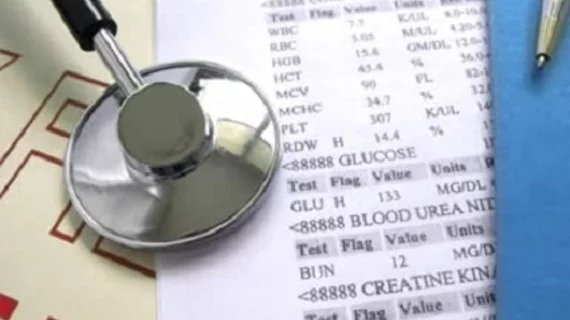Outpatient centers across three states may have upcoded patients from stable angina to unstable angina to mask their use of inappropriate percutaneous coronary intervention (PCI), according to a report published Dec. 17 in JAMA Internal Medicine.
The study suggests fraudulent coding behavior could be prevalent in catheterization laboratories and questions whether the decline in clinically inappropriate PCIs over the last several years is due to a more judicious use of the procedure or a mischaracterization of patients’ conditions.
After appropriate use criteria (AUC) for coronary revascularization were released in 2009, the proportion of outpatient PCIs coded for acute indications increased in all three states studied by lead author Rishi K. Wadhera, MD, MPP, MPhil, and colleagues—New York (0.6 percent to 8.3 percent from 2010 to 2014), Michigan (2.4 percent to 6.5 percent) and Florida (2.4 percent to 3.8 percent).
The authors noted those increases were driven largely by more outpatient PCIs being coded for unstable angina. During the same timeframe, the proportion of inpatient PCIs for unstable angina remained relatively stable.
“The observed rise in outpatient PCIs performed for acute indications is inconsistent with population-level trends,” they wrote. “Our data raise the possibility that physicians increasingly classified patients with stable chest pain as UA (unstable angina) in the outpatient setting, or that hospitals shifted coding patterns, potentially owing to external factors including reporting of appropriateness or differences in reimbursement.”
Indeed, a policy announced in 2011 in New York—which had the largest increase in acute outpatient PCIs—held that inappropriate PCIs would no longer be reimbursed for Medicaid patients.
“Further study is needed to understand the rise in outpatient PCIs coded for UA,” Wadhera et al. wrote. “These data also highlight the need for developing mechanisms to more accurately assess PCI appropriateness.”
The researchers used Healthcare Cost and Utilization Project state databases to identify all inpatient and outpatient PCIs performed in New York, Florida and Michigan from 2010 to 2014, encompassing more than 615,000 procedures.
In a related editorial, two cardiologists from Washington University School of Medicine in St. Louis pointed out the AUC were developed to inform internal reporting and quality improvement measures, so public perception would be unlikely to influence the practice of upcoding.
“In the absence of a better explanation, it seems that upcoding to unstable angina is being used to circumvent the guideline-mandated trial of medical therapy prior to PCI and thereby justify inappropriate PCI in stable angina patients,” wrote Christian A. McNeely, MD, and David L. Brown, MD. “This practice, at best, damages the credibility of the profession, increases health care spending, violates patient autonomy, puts patients at risk of procedural complications and, at worse, may cross the threshold into criminal activity if used to extract reimbursement for unindicated procedures.”
Brown and McNeely called on the cardiology community to do a better job of regulating itself on this matter “before outside forces do.” That includes registries more actively auditing coding accuracy and imposing penalties when upcoding is discovered, and increasing scrutiny for codes of unstable angina when a patient has chest pain but normal biomarkers—in which case stable angina is the more likely diagnosis and medical therapy alone is recommended as the initial treatment option.

